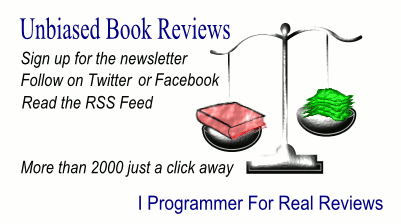| Read Me First! |
|
Author: Sun Technical Publications Has this style guide for the computer industry stood the test of time?
Author: Sun Technical Publications Nice application, let down by its documentation - does that sound familiar? Many a developer would like to hand over the responsibility for writing words, as opposed to code, to someone else but that isn't always possible and in any case probably not a good idea as it can result in something that glosses over the technicalities.
Read Me First can help in more than one way - but for many users it's not the initial chapters that will be the most useful starting point. I would recommend new users to turn first to Chapter 3, Writing Style. this starts by asking "Why is style important" and goes on to recommend two stylistic principles:
Chapter 4 on Structuring Information is also well worth and early read. Chapter 10 Types of Technical Documents will help when you are not sure what you expected to write and Chapter 7, Writing Tasks, Procedures, and Steps will help anyone who is not sure how to go about writing instructions Now we can return to Chapter 1, Mechanics of Writing, which covers rules from capitalisation and contractions to through to use of punctuation marks. Chapter 2, Constructing Text, covers heading, lists, tables, cross-references and so on. It even mention code samples - and says to set them in a monospaced font. There is a lot more practical advice - for example Chapter 6 on Constructing Links and also in the appendices. The book also has specialist information in Chapter 9 on Legal Guidelines and Chapter 14 on Doocumenting Graphical User Interfaces. There are chapters on the role of the technical editor and working with an illustrator. The first edition of the book came out in 1999 and this third edition keeps up with the times by including chapters on creating screencasts and using wikis for documentation. Another new chapter confronts the problem of creating alternative text for non-text elements such as screen captures, multimedia content, illustrations and diagrams. If you are responsible for technical documentation this is a useful work of reference that will help you produce clear and consistent text for a wide range of publications.
|
|||
| Last Updated ( Monday, 06 December 2010 ) |
